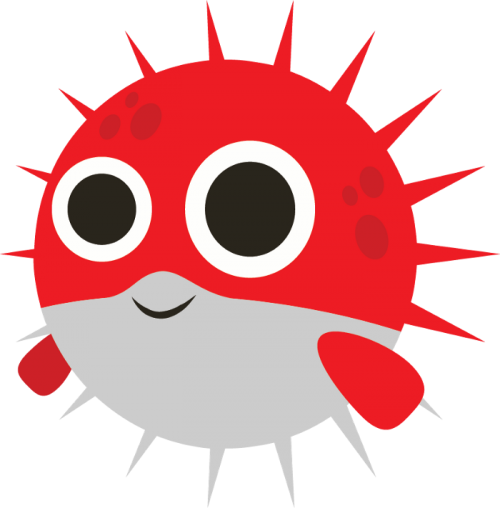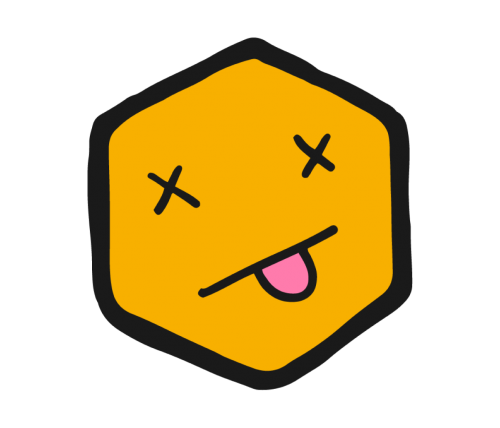Working with the Red Hat “PnT Comms” team
Originally published on We Are Open Co-op’s blog
I’ve just wrapped the second of two workshops I designed to help the Red Hat Products and Technologies (PnT) Communications team further cultivate their community of thousands. They are a clearly awesome team with a mission to achieve a sense of community within PnT and facilitate deep understandings of how the product strategy is relevant to Red Hat associates. They do this by creating and curating meaningful content, events, and experiences that connect PnT leadership and associates to Red Hat’s open culture, shared mission, and each other.
This team publishes loads of content, holds lots of events. They have been creating communities of interest around interconnected content, and they LOVE it when Red Hatters ask to write or submit content.

The problem is, proactive contribution doesn’t happen very often. Currently their audience is mostly passive; with a few exceptions the team itself creates, curates, and shares information and their audience consumes it. They wanted to move to a more interactive relationship with the groups they’re trying to serve.
The team reached out to We Are Open, and I knew that an Architecture of Participation would help. But Architectures of Participation are contextual designs. They reveal hidden complexities in pre-existing systems. We’re really only getting started.
Team Alignment
In the first session, I started with a bit of team alignment. Making sure everyone is on the same page when kicking off a massive community project is, after all, a good idea. We started with some intros and then I ran the beloved Fun, Fame and Fortune exercise, which uses three buckets to figure out why teams do what they do.
Personas
Next, we spent time working out archetypes/personas. This was an interesting exercise because the PnT Comms team has A LOT of different sub-audiences. They have a podcast, several newsletters, internal wikis and a bunch of other outputs that community members could potentially contribute to. Identifying overarching archetypes is going to help us figure out the entry points people have. Easy onboarding is only possible when the entry points and signposts to a community or project are super clear.
Exquisite Corpse

In the second session, we went deeper into various ins and outs of exponential community growth. We didn’t start with that though, we started with a catchup and reflection. Then we did a version of Exquisite Corpse, which is just a fun, silly exercise that wakes up the creativity in people.
Community Management
After a quick agenda setting and remix session, we dove into community governance and I made some jokes about Russian oligarchies, capitalist, and why dictators wear so much green.
Then I gushed about how much I love community calls as an engagement strategy and talked about centering the team’s various offerings. We’d begun to scratch the surface of how to do great community management, but then we ran out of time.
The Products and Technologies Communications team has loads of work in front of them, and we’re happy to help them identify strategies and tactics for cultivating their community. Once again I see how enthusiastic and engaged Red Hat folks are, and I’m super thankful that I get to lend a little We Are Open Co-op expertise to them!